Looking for more in Book Lists?
Picture books to discuss children's rights in the classroom
Genre: Activism, Identity, Migration, Picture books, Politics, War
Age group: 6-8, 9-11
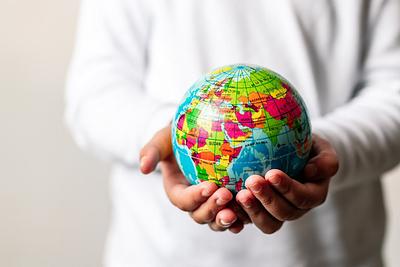
These picture books can be used to help children learn about their rights as well as build understanding around advocating for both themselves and others. We've also added in what article from the UN Convention on the Rights of the Child(this link will open in a new window) (UNCRC) that each of the books can be used to explore.
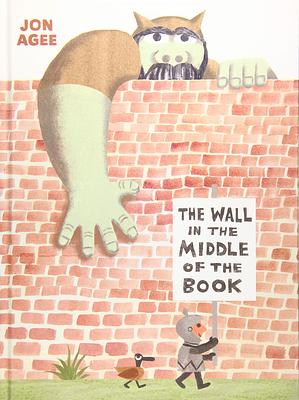
Jon Agee The Wall in the Middle of the Book
Down the middle of this book runs a wall; there to protect a knight from the dangers on the other side: vicious animals, and an evil ogre. But soon a flood puts the knight in danger and he needs the ogre's help! The knight creates a division, which could be used to talk about Article 2, which states all UNCRC rights apply to all children, no matter their background, ethnicity, sex, religion, language or abilities.
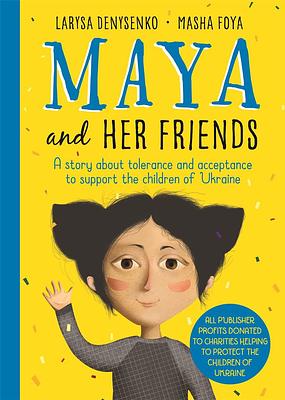
Larysa Denysenko Masha Foya Maya and Her Friends
Maya introduces us to the seventeen children in her class – all of them are different, but all long for the Russian war in their country, Ukraine, to end. This book ties into two rights – Article 7: the right to be registered at birth, have a name and nationality, as well as Article 18, which protects children's right to be raised by their parent when possible.
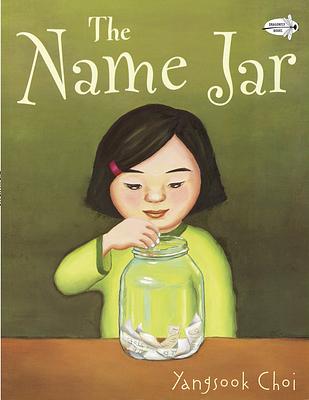
Yangsook Choi The Name Jar
Unhei, a young Korean girl, moves to a new school in America. Instead of introducing herself, she says she'll choose a new name and all her classmates fill a jar with possible options. The only problem is she doesn't feel like a Suzy, or a Laura or an Amanda. This book reflects two rights: Article 8, which states the right to an identity, and Article 30, the right to learn and use the language and customs of their family.
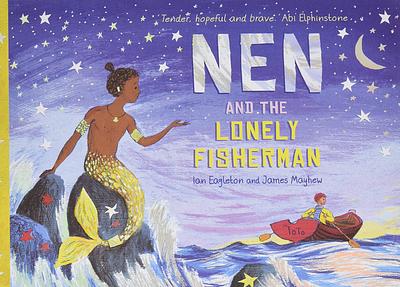
Ian Eagleton James Mayhew Nen and the Lonely Fisherman
Far out on the waves lives a merman named Nen, who spends his days exploring the oceans. One day he meets a fisherman – but will their differences prevent them from becoming friends? Both characters have their own identities, as outlined in Article 8, but this book also ties into Article 15 which protects a child's right to freedom of association.
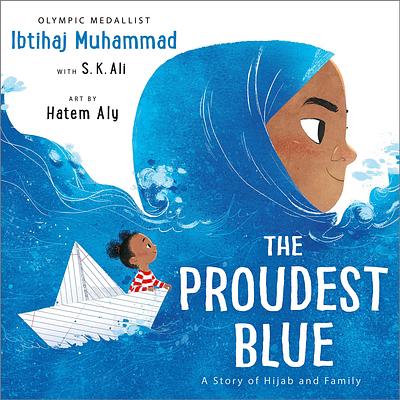
Hatem Aly Ibtihaj Muhammad S.K. Ali The Proudest Blue
This picture book follows Faizah and Asiya, sisters experiencing firsts: Faizah's first day at school and Asiya's first day wearing the hijab. This beautiful and poetic picture book could be used to look at Article 14 – the right for children to believe what they choose and practice their religion.
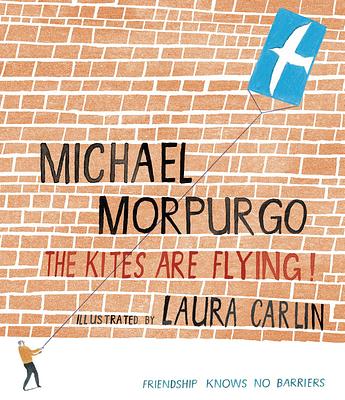
Laura Carlin Michael Morpurgo The Kites are Flying
This dual narrative looks at children either side of the dividing wall in the West Bank. On one side Said makes kites and he flies them over to a girl on the other side. Despite the political divide, Article 15 states children's rights to freedom of association – allowing them to meet with other children and join groups or organisations.
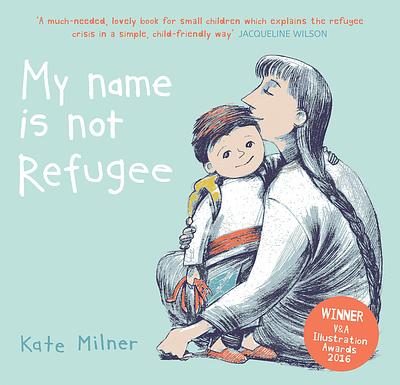
Kate Milner My Name Is Not Refugee
A young boy and his mother get ready to leave their home and make a long, long journey. Article 22 states that children have the right to special protection and assistance to enjoy all the UNCRC rights from governments if they are seeking refuge or have refugee status. This picture book invites the reader to understand the process of leaving somewhere that's no longer safe.
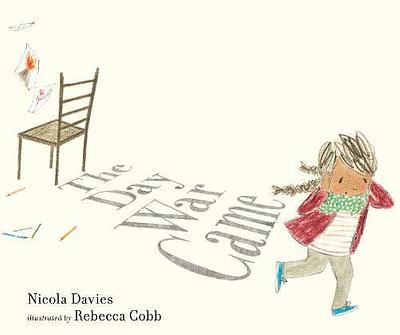
Nicola Davies Rebecca Cobb The Day the War Came
The story of this book, told through a poem, follows a little girl whose life is upended when war breaks out and her schools is bombed. Looking at refugee experience, this book can be used to talk about Article 22, and the surrounding rights when seeking refuge, as well as Article 28, the right to an education regardless of who a child is.
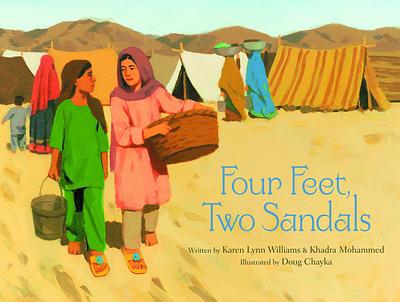
Doug Chayka Karen Lynn Williams Khadra Mohammed Four Feet, Two Sandals
Two girls at a refugee camp both want the same pairs of sandals, so they decide to share the pair between them. Their lives at the camp can be used in tandem with Article 22 which outlines the rights children have as refugees or when seeking refuge.
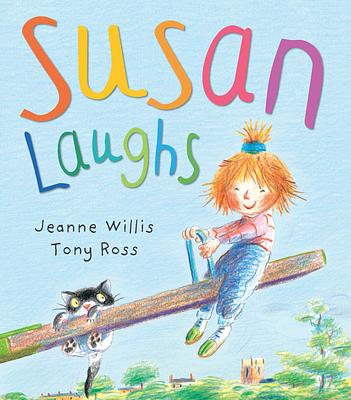
Jeanne Willis Tony Ross Susan Laughs
Susan can do so many things – swim, dance, sing, laugh. She also happens to use a wheelchair. Susan is a great example of Article 23: that every child with a disability has a right to live as full and dignified life as possible.
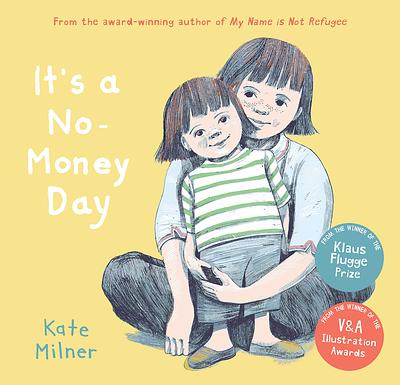
Kate Milner It's a No-Money Day
Mum works really hard, but today there's no money left and no food in the cupboard, so she and her daughter are forced to use a food bank. The sad rise and necessity of food banks can be examined alongside Article 24 which outlines children's right to health and health services, including nutritious food, good quality health care and clean water.
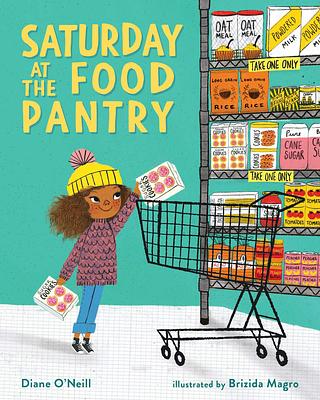
Brizida Magro Diane O'Neill Saturday at the Food Pantry
Molly and her mother don't have enough food, and have to use a local food bank. One of the other girls, Caitlin, is embarrassed to be there. Can Molly show her that everyone needs help sometimes? You can use this book to look at Article 24, the right to good health and Article 27, the right to a life that meets a child's physical, social and mental needs.
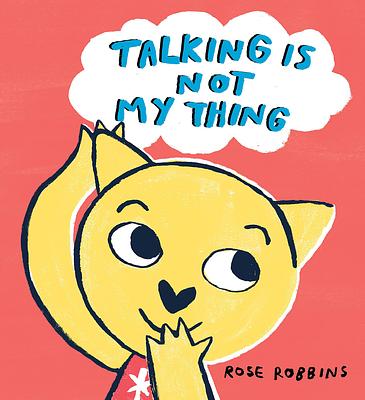
Rose Robbins Talking is Not My Thing
Two siblings are having their dinner, playing and getting ready for bed. One doesn't speak because of her autism. This book celebrates the difference between the two siblings, and could tie into discussions around Article 29, which states education must develop every child's personality, talents and abilities to the fullest.
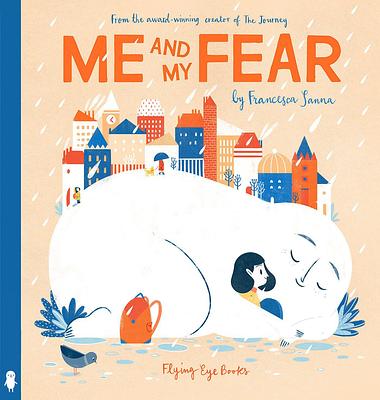
Francesca Sanna Me and My Fear
When a young girl moves to a new school, her secret friend Fear holds her back. Fear won't let her go out and explore, or make new friends at school. The story in this book looks at how everyone has fears, but also could be used to discuss Article 31: the right to relax, play and engage with cultural and artistic activities.
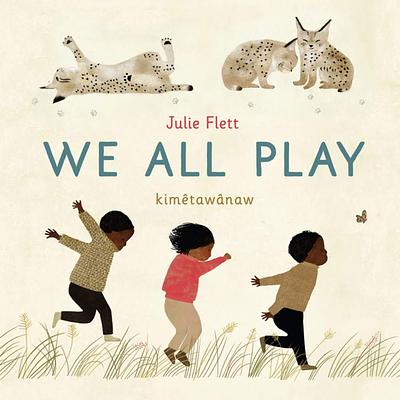
Julie Flett We All Play
This dual-language book celebrates play from both children and animals. Article 31 gives all children the right to play, relax and engage in cultural and artistic activities. This book shows the joy of having this right fulfilled!
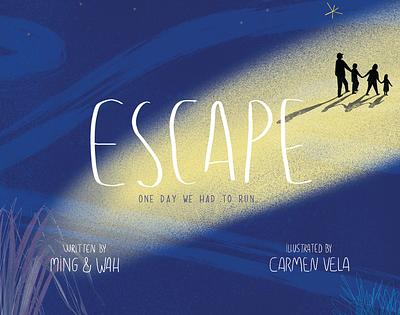
Carmen Vella Ming Chen Wah Chen Escape: One Day We Had to Run
Collecting true stories from around the world, this book looks at those who have had to leave their homes in the face of war, famine, slavery, and political upheaval. Each of these stories can be linked into Article 38, the right to protection and freedom from war, as well as the rights for refugee children outlined in Article 22.